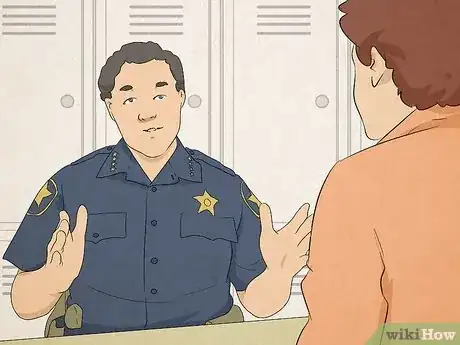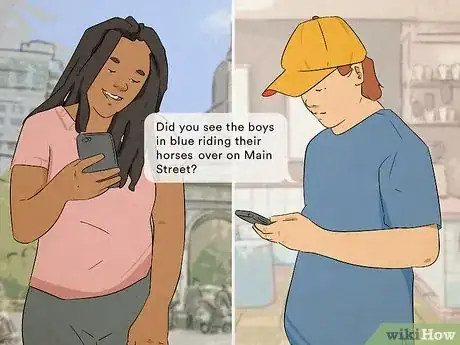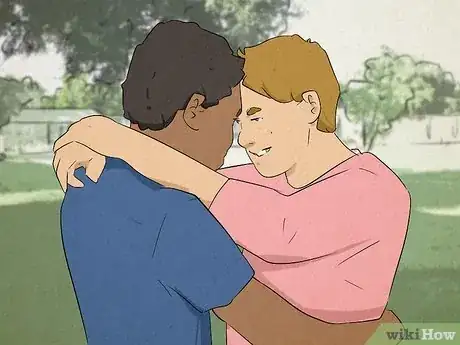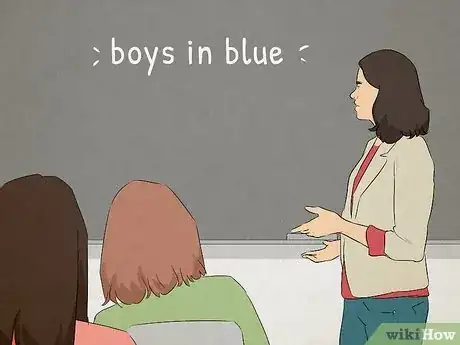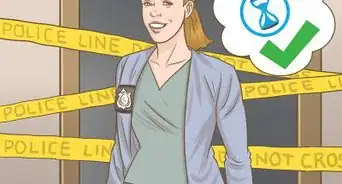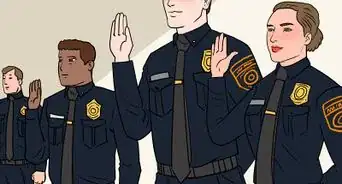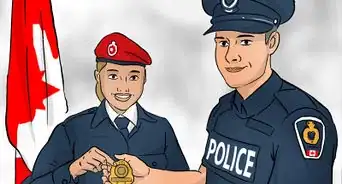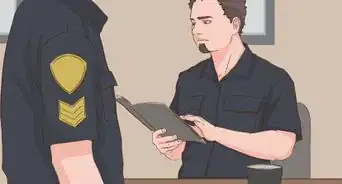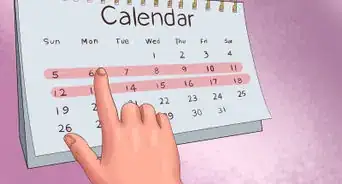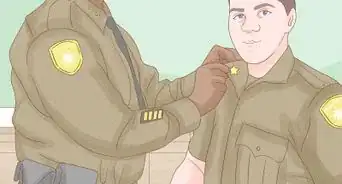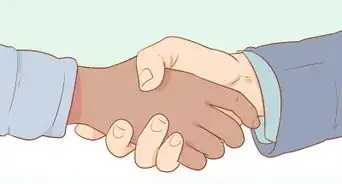This article was co-authored by wikiHow staff writer, Eric McClure. Eric McClure is an editing fellow at wikiHow where he has been editing, researching, and creating content since 2019. A former educator and poet, his work has appeared in Carcinogenic Poetry, Shot Glass Journal, Prairie Margins, and The Rusty Nail. His digital chapbook, The Internet, was also published in TL;DR Magazine. He was the winner of the Paul Carroll award for outstanding achievement in creative writing in 2014, and he was a featured reader at the Poetry Foundation’s Open Door Reading Series in 2015. Eric holds a BA in English from the University of Illinois at Chicago, and an MEd in secondary education from DePaul University.
This article has been viewed 2,662 times.
Learn more...
If you’ve heard someone reference the “boys in blue,” you may be wondering who these boys are. While this whimsical phrase may sound like it refers to some kind of secret superhero organization, the truth is actually much more straightforward. In this article, we’ll breakdown who the “boys in blue” are, how they got that name, as well as how you can use the idiom yourself. We’ll even cover a few corner cases where the “boys in blue” may refer to other groups.
Steps
References
- ↑ https://www.languagehumanities.org/who-are-the-boys-in-blue.htm
- ↑ https://www.mentalfloss.com/article/648281/why-do-police-officers-wear-blue
- ↑ https://artincontext.org/thomas-gainsborough-blue-boy-painting/
- ↑ https://www.taylorfrancis.com/books/mono/10.4324/9781351006866/class-gender-sexuality-thomas-gainsborough-blue-boy-hedquist-valerie
- ↑ https://primetimesportstalk.com/2022/04/10/rangers-week-in-review-the-boys-in-blue-are-back/
- ↑ https://www.teachushistory.org/civil-war/resources/boys-blue
